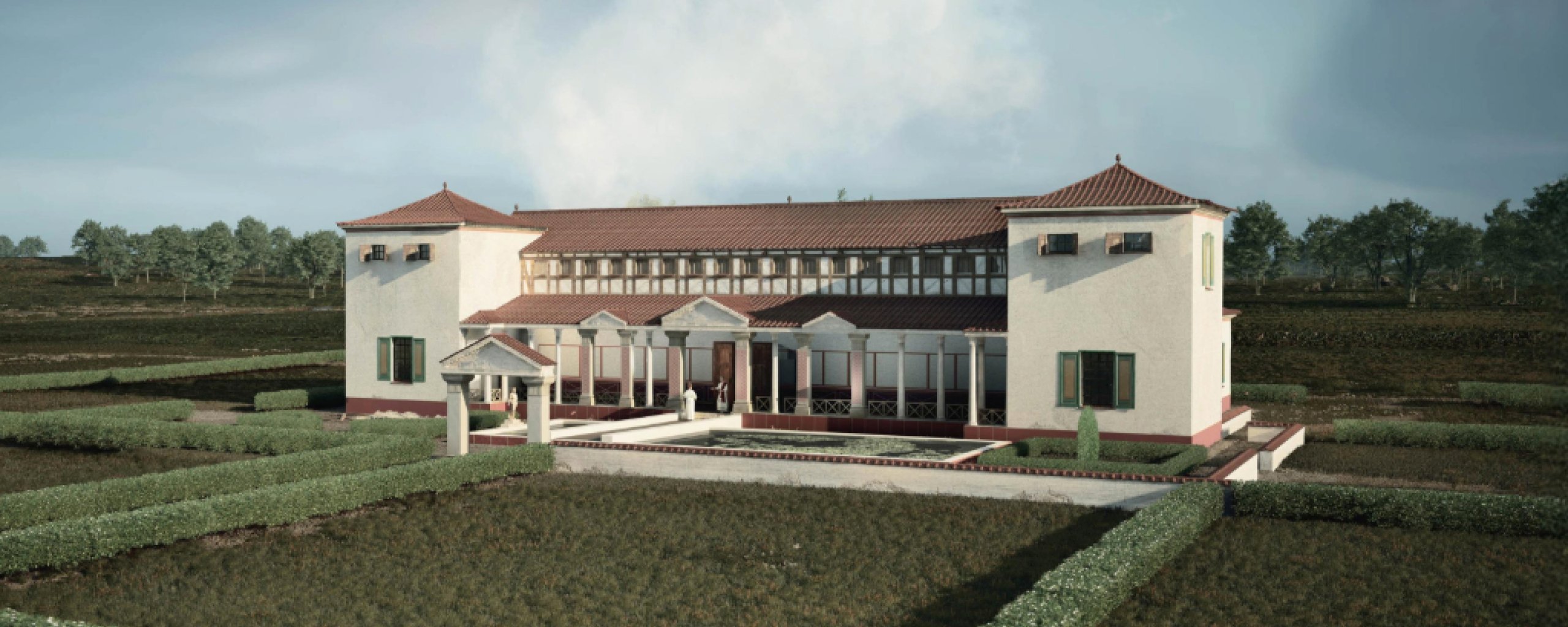Roman villas in Limburg
ExhibitionDate: to
Location: De Vondst (Raadhuisplein 20, Heerlen).

After the Rijksmuseum van Oudheden in Leiden and the Limburgs Museum in Venlo, the exhibition Roman Villas in Limburg lands in Heerlen, the Roman Coriovallum, centrally located in the Roman villa landscape of southern Limburg. Here you will admire archaeological treasures that provide an intimate glimpse into life on Roman estates in Limburg.
Grain fields as gold mines
On the fertile, Limburg loess, small farms grew into large, prosperous farms in Roman times. Here grain was grown on a large scale for soldiers and townspeople. Impressive farms, built according to Roman architecture, transformed the Limburg hilly landscape into a Roman villa landscape.
Admire archaeological icons
The exhibition Roman villas in Limburg displays the finest archaeological finds, which have been brought together into an imaginative exhibition especially for this occasion. Archaeological icons such as the rooster of Buchten, the lady of Voerendaal, the Minerva of Heerlen, the bear of Kerkrade and the balsamarium of Bocholtz can be admired up close. Also fragile Roman glassware, parts of frescos and statues of gods as well as everyday objects like keys and crockery bring Roman life back to Limburg.
Visit with children or with a group
With the free playbook, the exhibition is also fun for children ages 7 to 12. For groups, a tour with a museum guide can be booked through The Roman Museum website. The guide tells the stories behind the finds.
The exhibition can be visited from June 21, 2025 through January 4, 2026, at the pop-up of The Roman Museum, Raadhuisplein 20 in Heerlen. Admission is €7.50. Youth up to 17 years, Museum Card holders, Friends Lottery VIP card holders and Friends of The Roman Museum visit the exhibition for free upon presentation of their Map.
Tickets can be purchased through The Roman Museum website.
Roman Villas in Limburg is part of "2025 - Year of Heerlen Heritage," a program that brings to life the city's rich history and promising future.